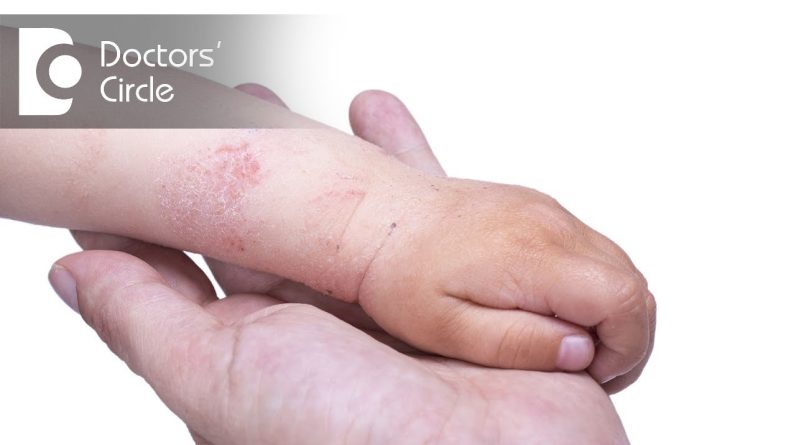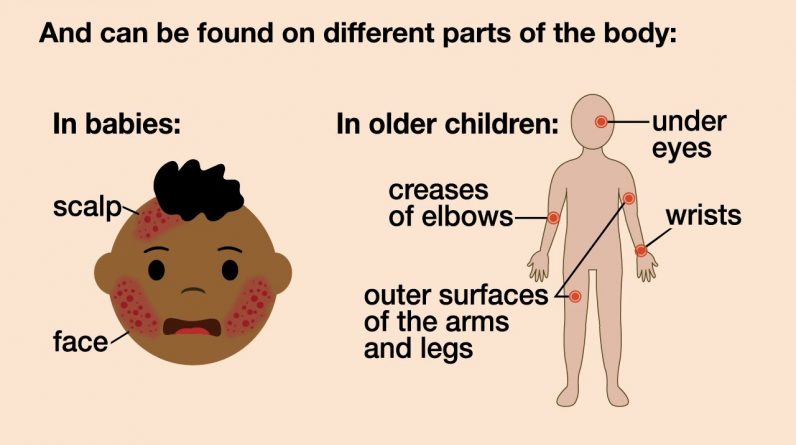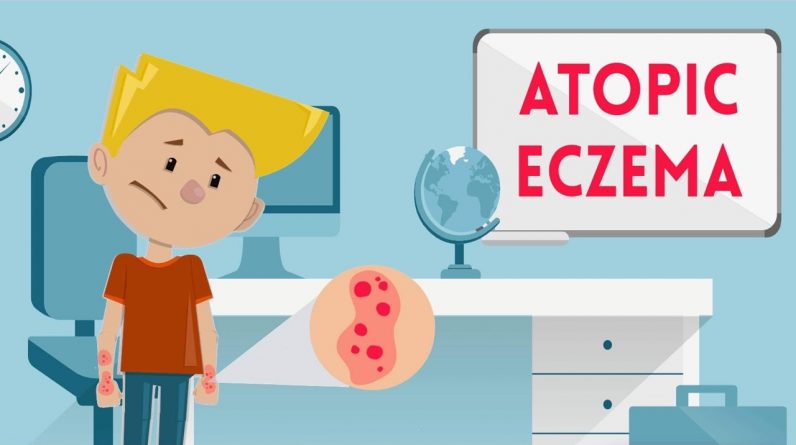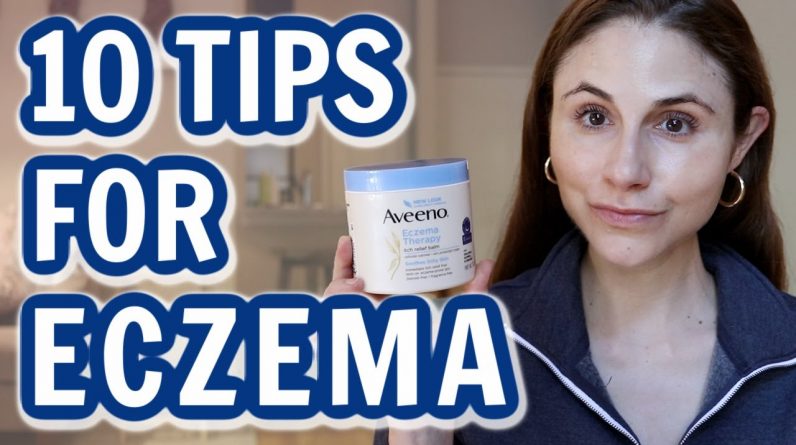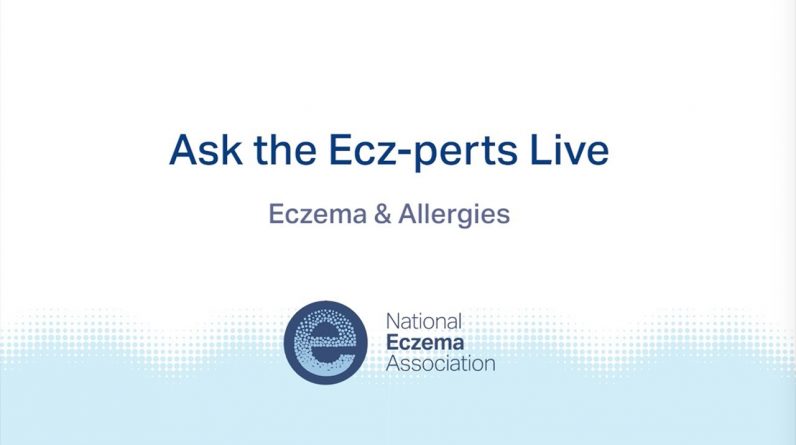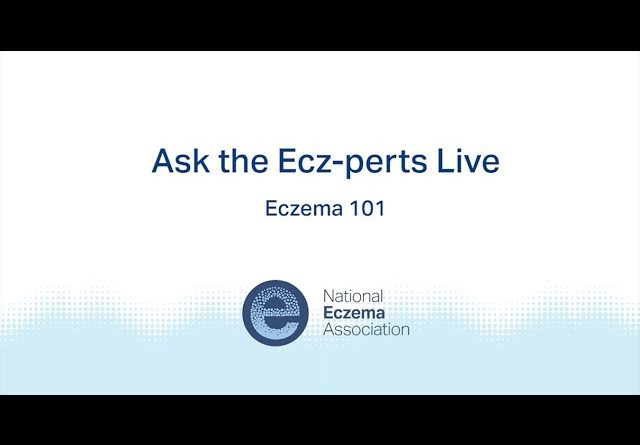How we describe skin lesions and some of the more common skin lesions.
So we won’t, be talking about every type of skin lesion, but we’ll talk about a method of describing skin lesions, so i’m just going to briefly talk about the outline of this lesson.
So we talk about primary morphology in this lesson, including flat versus raised the size of skin lesions and the constituency of skin lesions, and we look at secondary morphology, which is the color the shape, the texture and the location of skin lesions.
So that is primary and secondary morphology. So now that we know that what do we do, we actually see a skin lesion, so we start off with primary morphology. So we look at whether the skin lesion is flat or raised if the skin lesion is a flat skin lesion.
So if you were to touch it on someone’s skin there’s no raised border to that skin lesion. It feels as though it is in line with the rest of the skin, and once we’ve decided that the skin lesion is flat or raised.
The size of the skin lesion
We move on to looking at the size of the skin lesion, so we use the number 10 millimeters and that’s, the usually the diameter of the skin lesion. So we break it down into skin lesions that are less than 10 millimeters in skin lesions that are greater than 10 millimeters.
If the skin lesion is less than 10 millimeters and it is a flat skin lesion, we call that a macule if it is a flat skin lesion that is greater than 10 millimeters. It is a patch so that’s, really the difference between a macule and a patch.
You might have heard of these terms before so. A macule is flat and less than 10 millimeters, and the only difference is that a patch is flat, but greater than 10 millimeters and now moving on. We’ll.
Look at the raised category. So again we break it down. Is it less than 10 millimeters or greater than 10 millimeters? If it’s less than 10 millimeters, it is considered a papule so papule. If it’s raised in less than 10 millimeters, it is a papule if it’s raised in greater than 10 millimeters.
We call that a plaque so that’s, the difference in the terminology. So again we look at the primary morphology break it down into flat and raised and then less than 10 millimeters and greater than 10 millimeters and you get macules and patches and papules and plaques.
Now there are actually other terms we can use for raised skin lesions. We actually have to look at the constituency of the lesion in order to actually name it or describe it, so the constituency can either be.
It is liquid filled, so it’s filled with liquid.
It’s, pus filled or it’s a solid, so it’s a raised skin lesion and we break it down into what really it is made up of. So if it’s liquid filled, we actually break it down again, using the 10 millimeter number into vesicles, which are less than 10 millimeters and they’re liquid-filled raised lesions and then greater than 10 millimeters are bola, which are liquid-filled and Raised as well so that’s, really the difference between vesicles and bula vesicles are less than 10 millimeters in diameter.
They’re liquid-filled and raised skin lesions and bola are greater than 10 millimeters liquid filled and raised now. With regards to raised skin lesions that are pus filled, these are called pustules and that’s, easy to remember, because pus is actually in the name pustule and then, with regards to solid, raised skin lesions, we call these nodules.
So those are how we distinguish these types of raised skin lesions. Again we look at, is it liquid filled, pus filled or a solid, and then we can break down the liquid filled into less than 10 millimeters and greater than 10 millimeters.
So that’s, a vesicle embola, and then we can look at if it’s, pus filled it’s, a pustule. If it’s, a solid it’s a nodule. Now there are other types of skin lesions that we can see or other types of skin manifestations we can see depending on if there’s actually bleeding under the skin.
So with regards to skin bleeding. So this is an essentially another constituency, so this is blood as a constituency. It can be flat or it may be, raised the skin lesion. So we break it down into actually what we call petite, which are non-palpable and less than three millimeters.
Blood under the skin
So this is essentially a bit of blood under the skin and it’s less than three millimeters and it’s. Non-Palpable purpura is the next in the category, and this is larger areas of hemorrhage and it may be palpable might not be, but it could be so you might hear palpable purpura, and this is in between the sizes of 3 and 10 millimeters and then anything greater Than 10 millimeters is echimosis, so echimosis is often non-palpable again greater than 10 millimeters.
So this is really looking at the constituency being that of blood in the skin, and then you can break it down into petique, purpura and eccomosis. These are all considered non-blanchable. So what does that mean? Non-Blanchable means that if you were to push down onto the skin lesion and then lift up your finger, it doesn’t, go away, so some skin lesions you can actually push on and then they actually, if they’re red in color, They can actually become white, so you’re, pushing the blood out of them, but with these, when you push down on them and then lift your finger up, they can still be there, so they’re non-blanchable and really all three of These manifestations are due to thrombocytopenia or low platelet count, although you may see palpable purple in other types of conditions, but when we generally see thrombocytopenia, especially some severe thrombocytopenia, we can see these manifestations and then we break it down depending on the size of the skin.
Manifestation, if it’s less than three millimeters it’s petechia. If it’s three to ten millimeters, it is purpura. If it’s greater than ten millimeters, it is an eccomosis now, some other skin lesions or skin manifestations that you can see are something called telongic tasia.
These are small dilated blood vessels, so that’s, just the name for that and another skin manifestation that is very common is urticaria and urticaria is just another word for hives, so verticary are red, they’re rounded, and they’re a raised rash, so the r, so you can think of that way.
So red rounded raised rash and these are due to allergic reactions most times and then another skin manifestation you can see is an ulcer. So this is a larger skin lesion that usually takes all the epidermis, the top layer of the skin and then part of the underlying layer.
The dermis, whereas i don’t, show it here, but an erosion is another skin lesion that really just takes part of the epidermis and not the dermis other skin manifestations include excoriation, so excoriations are really just scratch marks and they’re.
Usually an erosion of the skin, as we mentioned before, an erosion is a loss of part of the epidermis and it is linear in shape. So it’s where someone’s. Actually, scratching scales are another skin lesion that you might see it’s, basically a flaking of the skin caused by epidermal thickening and then a crust is dried out exudate, so an exudate could be anything like pus or something like that in a skin Condition, usually we can see this in impediago, so we see these golden crusts or it could be dried out sebum on the skin.
So that is what a crust is. So it’s different than scales, and then we can look at secondary morphology and secondary morphology is when we start looking at more specific details with regards to the lesion.
So we start looking at things like the shape of the lesion. So we can start to describe the lesion a bit more in more detail. So if it’s round in shape, if it’s, a line or linear in shape or if it’s coin shaped, and these all have different terms.
So if it’s round or rounded in appearance, it is annular, so it’s. The term we use for a rounded lesion, so it’s, rounded, with a central clearing that’s, usually more specific to annular lesions. This can occur in tiny infections.
So you can see this in ringworm. You can see this also in secondary syphilis and lupus if it is in the shape of a line. We call it linear, so that’s, easy to remember – and we can see this with conditions like contact dermatitis and if the lesion is in the shape of a coin or it’s.
Coin shaped:
we call it numbular, so we can see this in conditions like numbular eczema. Now some other shapes that we can see include a target like shape or a bullseye like shape, a web-like appearance or web-like shape and a snake-like shape.
So we’re, going to look at these in more detail. So bull’s-eye look to a lesion is actually called targetoid, so we can actually see these types of skin lesions and we actually have specific names for them, depending on the condition that they’re associated with so erythema migraines is actually The skin lesion we see in lyme disease, so it’s, actually the bullseye skin lesion.
That is typical for the site of where the tick actually bit someone. So that is erythema migraine. So you get this bullseye appearance, so it’s. Targetoid and erythema multiforme is also in the shape of a target, and we would describe that as targetoid as well.
Web-Like shapes we call these reticular shapes, and we can also call this something like a lacy network and really when you see something like this, this is libido reticular, so levitorticulars can be caused by many different things.
Things like reynolds phenomenon and thrombocytopenia, and you can see this in different conditions as well, so it’s very non-specific, but this is what libido reticularis is and then, if the skin lesion is in the shape of a snake, we call this cerpigenous.
So serpiginus is the term we use to describe this type of lesion and you can think of it as squiggly in appearance and branching, and it’s actually associated with parasitic infections. You can see this in fungal infections as well.
Now there are some other terms we can use as well with regards to the shape or the pattern of appearance, we can use the terms herpetoform, which is clusters of papules or vesicles. This is associated with herpes simplex virus infections and dermatitis herpetoformus and the related zoster reform.
So zoster reform is essentially similar to herpetiform, but it is located or confined to a particular dermatome. We see this in herpes, zoster or shingles and we keep going so. There are actually more terms we can use for secondary morphology, and we do that by looking at the texture of the skin lesion.
So, with regards to certain textures, where we see a thickening of the skin, this is hyperkeratosis, so we can see a hyperkeratotic appearance in things like calluses and in tineapetis or athlete’s. Foot another term you can see being used for texture is varicose.
Varicose is an irregular raised and dark skin lesions.
So you can see here. This is irregular. It’s, raised and dark in appearance, and sometimes you can see the term pebbly being used as a descriptor for these types of skin lesions, and we can see these types of skin lesions in seborrheic, keratosis and warts and another term.
We can see being used is lycanification, so lycanification is a thickening of the skin, so you can see here there’s, some thickening, but really how this can be distinguished from other types of textures or other types of skin morphologies is that there is An increased visibility of skin lines and you can see it here, although the skin is thickened there’s, increased lines or hyperlinearity of the skin and we get light kennefication from scratching most often.
So if there’s, a lot of scratching for long periods of time, you can get this type of skin lesion or this type of texture of a skin lesion. We can also go further in looking at the texture of a skin lesion, so we can see things like xanthoma, so xanthomas are raised, yellow lesions.
You can see in usually around the eyes, and these are actually composed of fats and cholesterol. We see these in conditions. Like familial hypercholesterolemia, another term we can use for texture is indurated, so indurated is thickening of skin due to swelling and edema.
So we can see here there’s. Some thickening and change in the skin and another term we can see being used is embellicated, so umbilicated you can think of umbilical cord or embolicus and really what that means is belly button.
So umbilicated lesion would be something we see in molluscum contagiosum. So you see this raised lesion, but you see that there’s a little central indent, and that is what we call the belly button of that skin lesion.
So this skin lesion is raised but embilicated as well. So that was an introductory lesson on describing skin lesions if you want more information on other skin conditions, please check out my dermatology playlist.
Only a physician or other licensed healthcare professional are able to determine the requirement for medical assistance to be given to a patient. Please seek the advice of your physician or other licensed healthcare provider if you have any questions regarding a medical condition.
Eczema Free Forever Reviews Are Helpful
Eczema is a fungus that can cause breakouts and skin irritation. It can be found on all parts of the body and presently there is no cure. The cause of eczema has been linked to allergic reactions to foods and topical products like lotions and soaps. There are however, ways to help relieve the symptoms of eczema, as these symptoms can range from mild to severe. An effective way to determine the best product or products to treat your eczema is to read reviews on these products. Reviews will save you time and money because you won’t have to try each product yourself. Instead, you can learn from the experiences of others.
The Best Eczema Treatment! Eczema and related skin conditions
Eczema is the name for a terrible skin condition. People with eczema have to watch every single move that they make. This is because the tiniest little thing can cause the eczema to become inflamed. No one should be forced to live in this uncomfortable state with the continuous itching and agonizing suffering
Home Made Eczema Treatments – How To Make Your Own Eczema Remedies at Home
Some people find that having eczema, no matter how common it actually is, can be pretty embarrassing. The appearance of dry, white flakes on any part of the body and the itch that usually comes with these flakes can often make a person not want to go out and be with friends and other people. This also means that a lot of individuals avoid going out in public and therefore do not buy remedies for such a problem in public places.
Eczema – What Is It, Just What Leads to It, And How To Cure It
Eczema, also known as Dermatitis, is an ailment in the skin, which can have an effect on people today of every age. The actual intensity of the disease can vary – in minor kinds your skin is warm, dried up as well as itchy, whilst in worse cases your sensitive skin can be cracked, raw and bleeding. Though Eczema will often appear unpleasant, it’s luckily not really transmittable.
Eczema and related skin conditions Natural Treatment For Eczema
In this article I am going to give you expert advice in order for you to learn about the natural treatments for eczema. This information will help you to cure your eczema fast.
Eczema Clothing On A Budget
In this article I am going to give you expert advice on specific eczema clothing. This information will help you to understand how specific eczema clothing can help cure your eczema.
What Causes Eczema?
In this article I am going to give you expert advice in order for you to learn what causes eczema. This information will help to understand the causes of eczema.
What Are The Different Types Of Eczema?
In this article I am going to give you expert advice in order for you to learn the different types of eczema. This information will help you learn about the different types of eczema.
Eczema Cures – How To Cure Eczema Naturally
In this article I am going to give you expert advice in order for you to learn how to cure eczema naturally. This information will help you to cure your eczema fast.
Eczema On Face – Symptoms And Treatments
In this article I am going to give you expert advice in order for you to learn how to cure eczema on the face. This information will help you cure your eczema fast.
Cream For Eczema – How To Cure Eczema Fast
In this article I am going to give you expert advice in order for you to learn about how to choose the right cream to treat your eczema. This information will enable you to cure your eczema fast.
Eczema In Babies Eczema and related skin conditions
In this article I am going to give you expert advice about eczema in babies. This information will help you to treat eczema in babies.
This information and the video used is highly recommended by Eczemanews.com as experts to follow on your path to healthier living. We suggest you navigate to their video and like and subscribe for further updates they may have on this subject. Introduction to Dermatology | The Basics | Describing Skin Lesions (Primary & Secondary Morphology)
Contents



